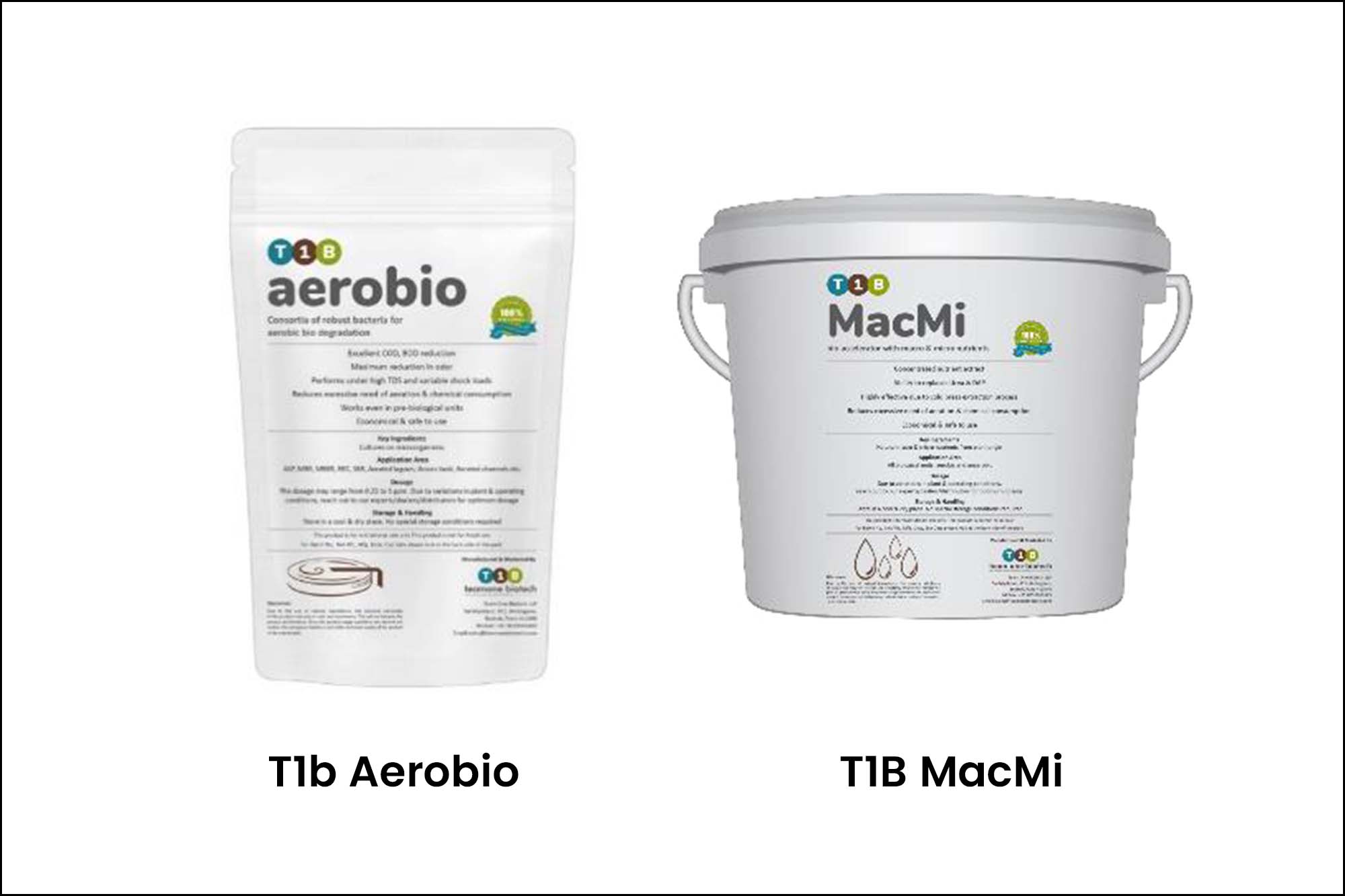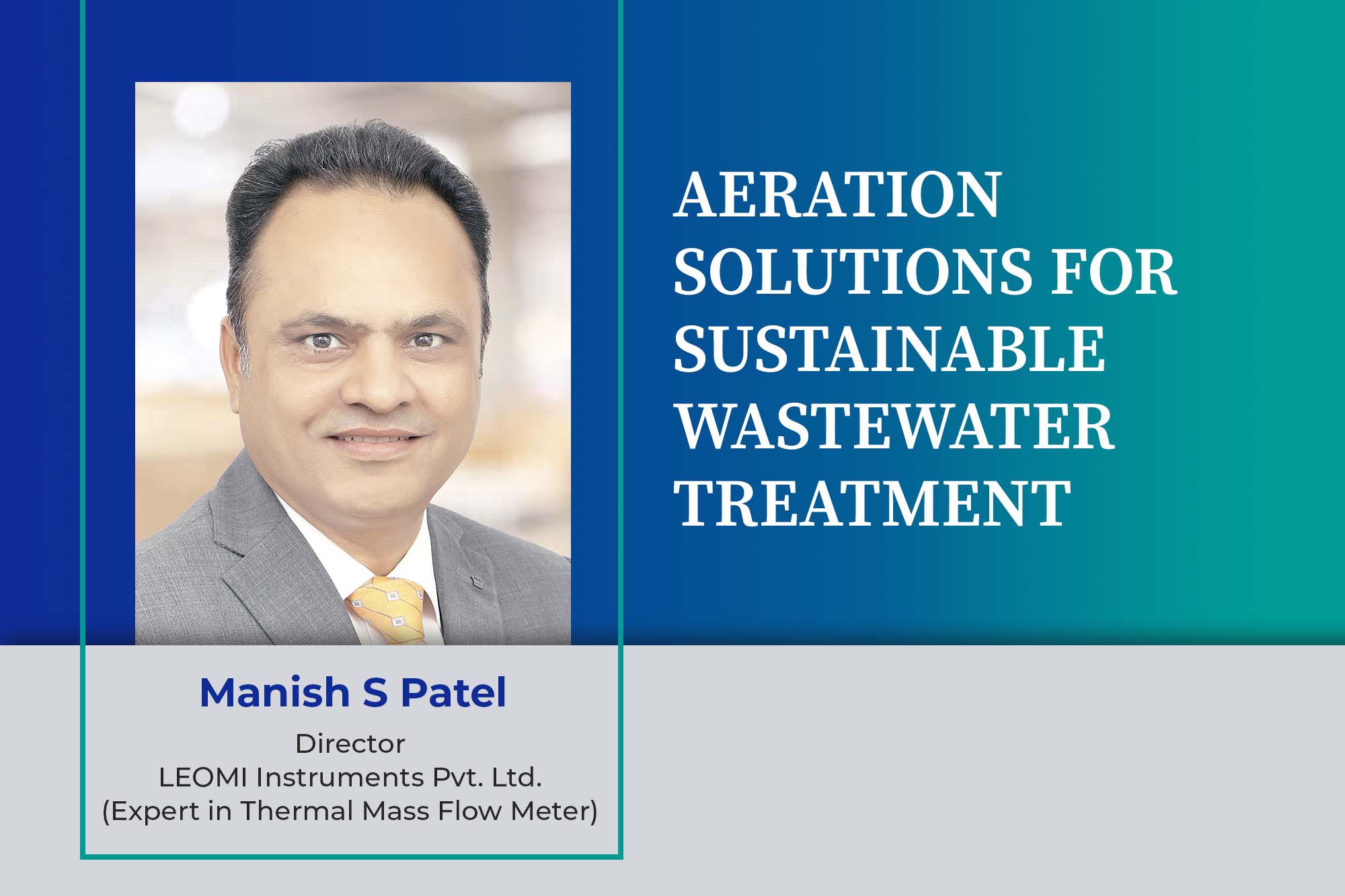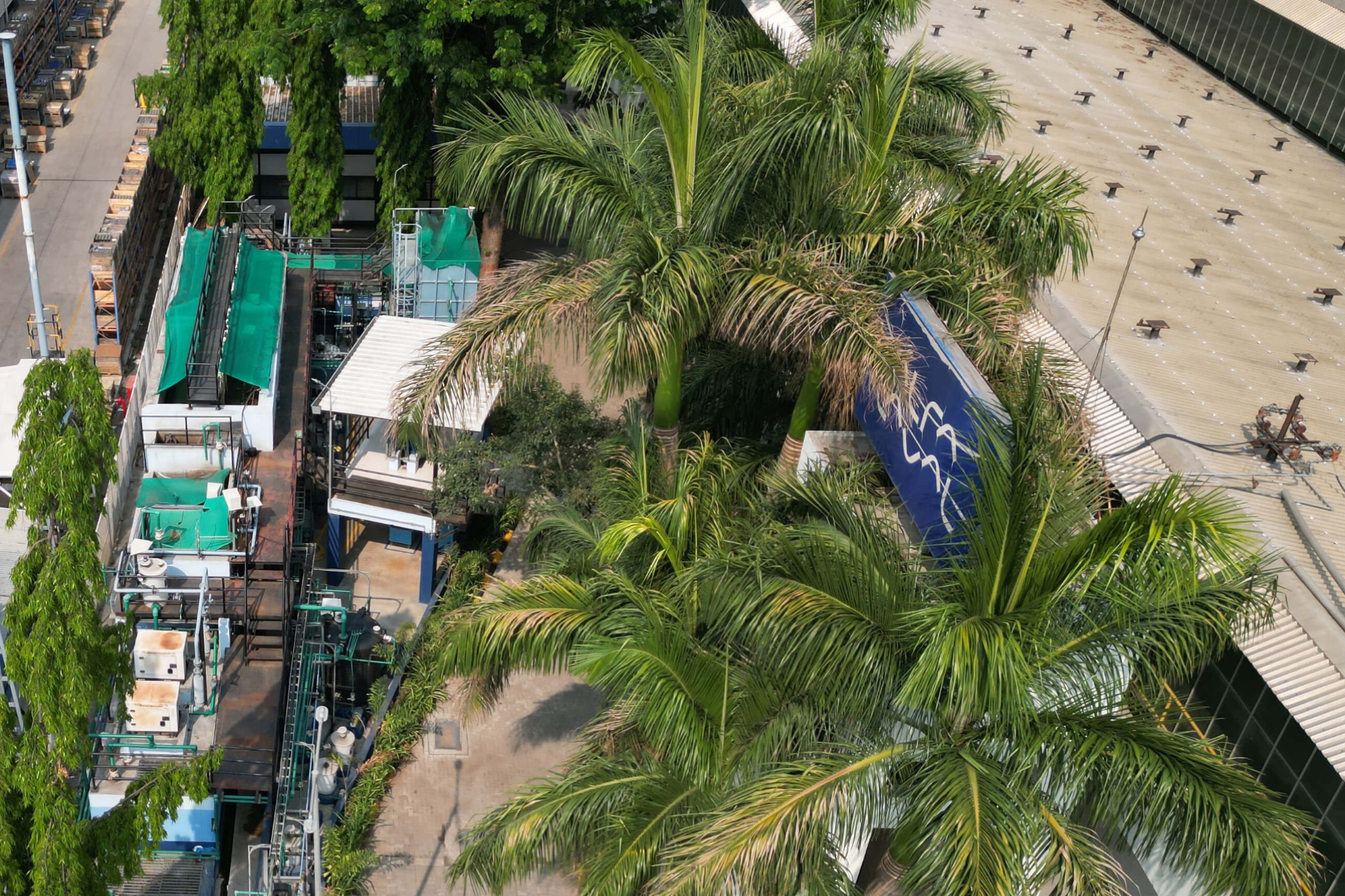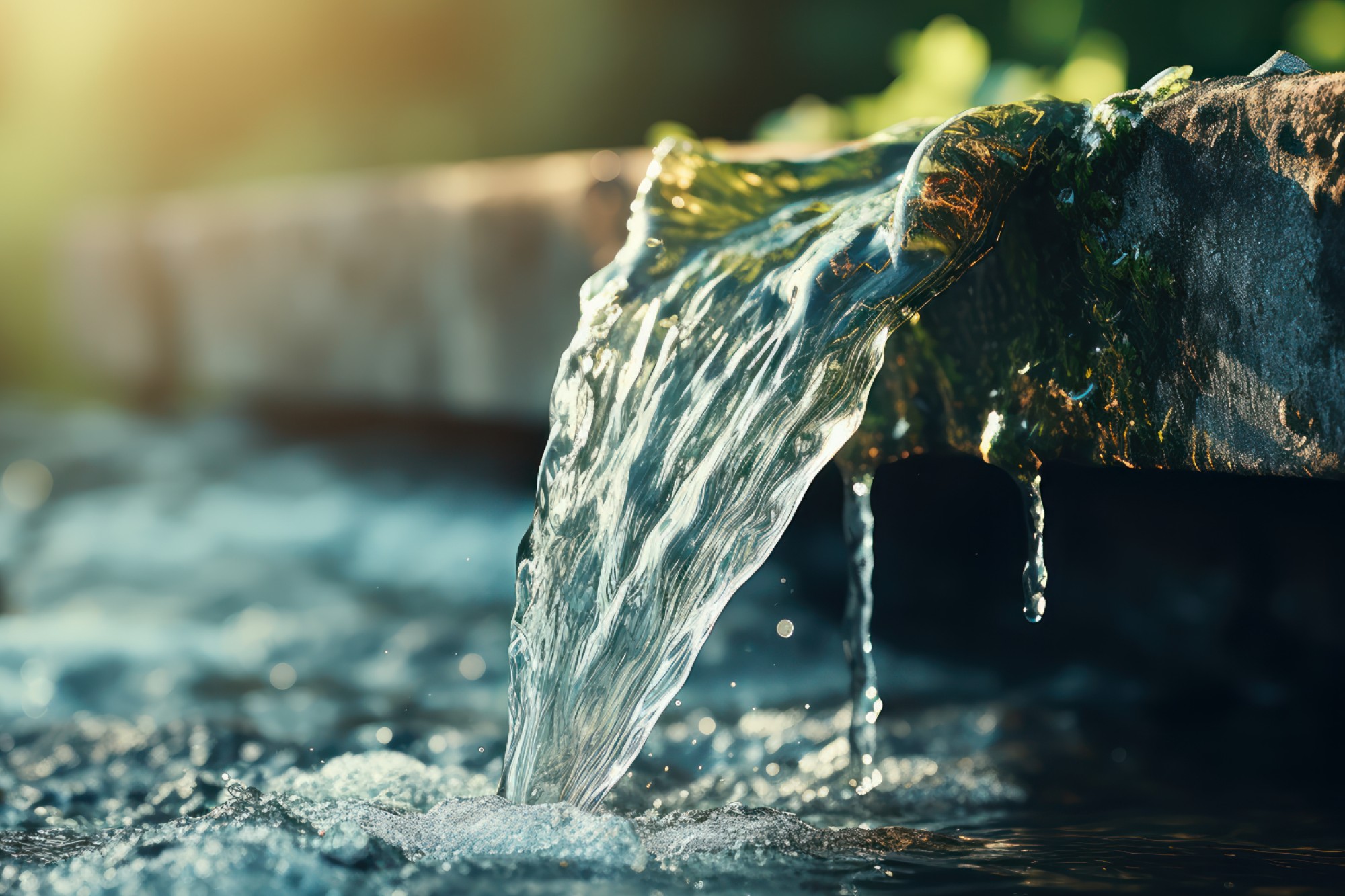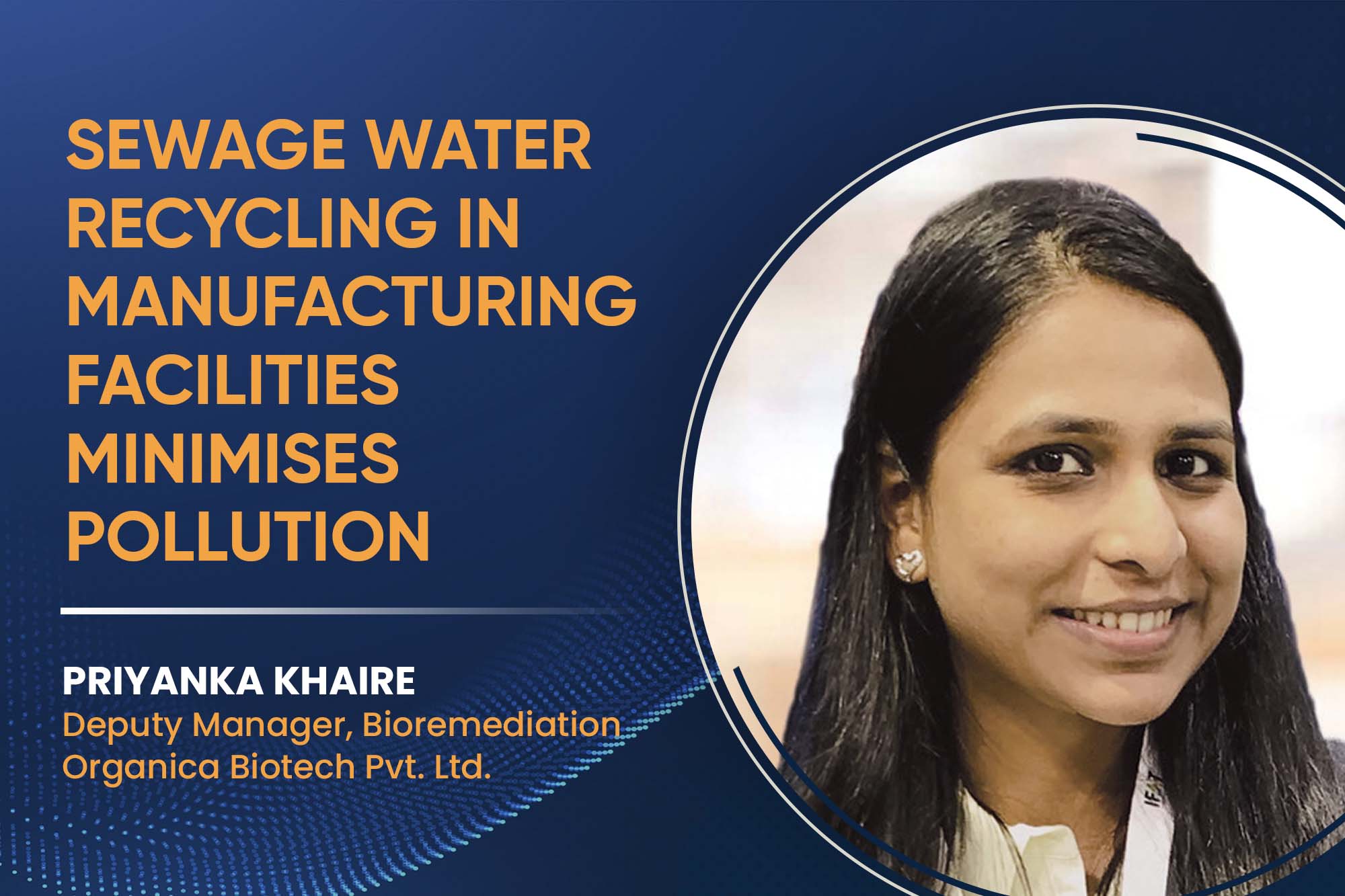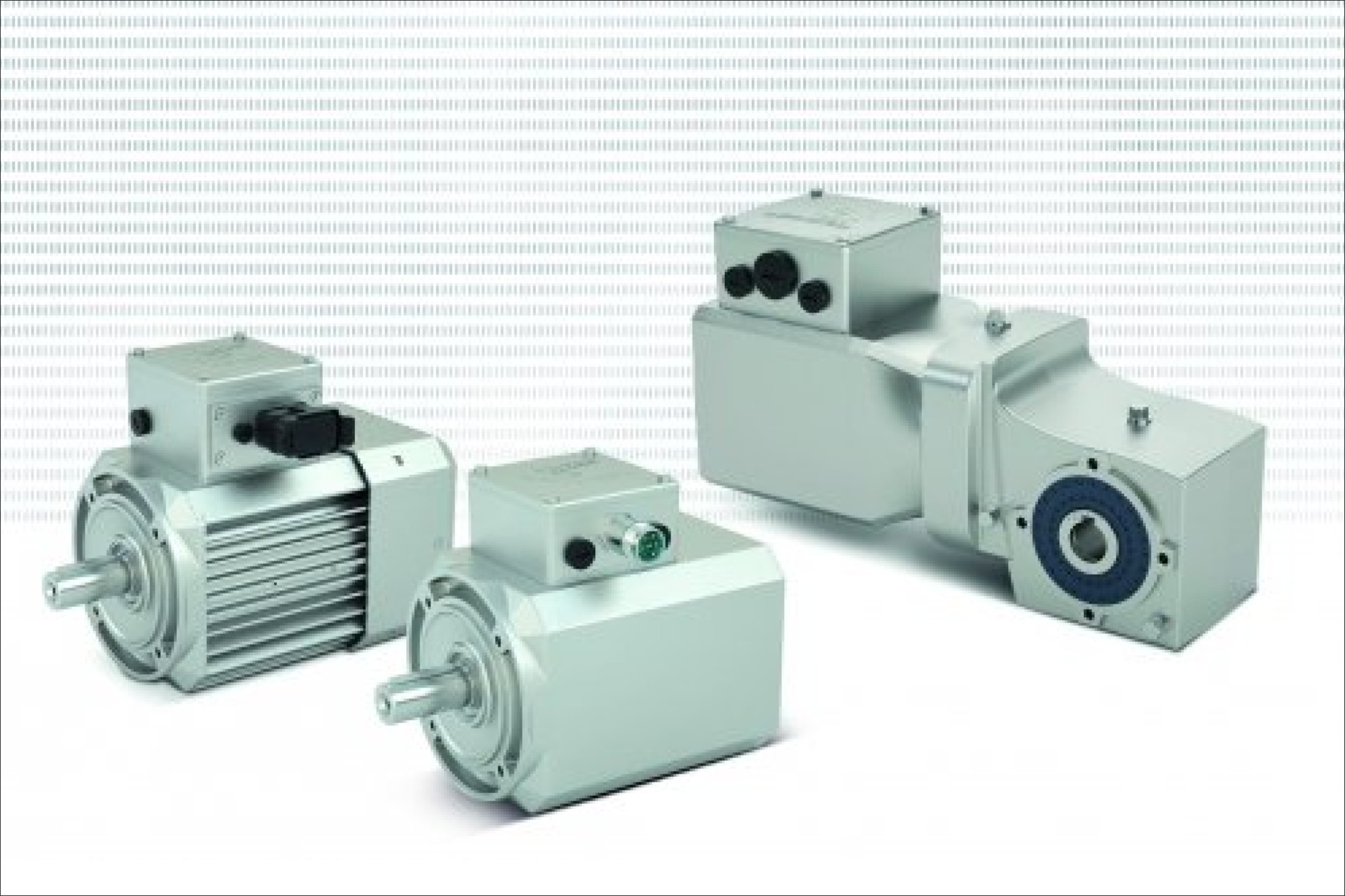Bactus Bioaugmentation Technology for Wastewater Treatment [Jan 2012]
By admin January 11, 2012 5:25 am IST
Biological degradation is a naturally occurring process through which organic materials such as leaves, animal wastes, and various microorganisms create additional cell mass with carbon dioxide, water, and nitrogenous compounds as by-products utilising natural chemical substances. Man has developed systems to use naturally occurring microbes to neutralise his own potentially polluting wastes from domestic and industrial sources
Types of Biological TreatmentAmong the different types of biological systems used to treat organic wastewater are activated sludge plants, aerated lagoons, and various types of fixed film reactors. Different types of fixed film reactors include trickling filters, rotating biological contactors, and immobilised columns.
OrganismsThe bacteria in wastewater treatment systems remove soluble and particulate organic food matter and convert them into new cell growth and by-products. They are considered to be primary decomposers. While a large number of different kinds of microbial organisms are capable of degrading organic materials, the types used in wastewater treatment systems are chosen, not only based on their ability to use organics, but also on their ability to settle after the degradation process is completed. Single cell bacterial organisms and certain type of protozoa are capable of clumping together, forming floc (Bio-coagulation), which settles easily thus creating clear supernatant.
Filamentous bacteria and fungi, which are lightweight, have a large surface area and are poor settlers and very commonly cause bulking in aeration basins and subsequently in clarifiers. Thus, the importance of bacterial activities in activated sludge systems are:
Biodegradation of soluble substances
Bio-coagulation of TSS i.e. separation of sludge and supernatant.
Degradation ProcessThree stages of biodegradation occur simultaneously in a wastewater treatment plant. Transfer is the process by which organic matter comes in contact with the organisms. Through absorption, dissolved organic material is transported into the cell for use as a food source. Through adsorption, the bacteria attach to large colloidal particles, and using secreted enzymes, break them chemically into particles small enough to be transported into their cells. Conversion is the process by which the bacterial cell metabolises its food. Stabilisation occurs when the organisms are full and their activity has decreased. Cells in this stage settle or flocculate easily.
Activated Sludge ProcessBiological wastewater treatment utilises microorganisms, particularly bacteria, to degrade both dissolved organics & inorganics and reduce suspended organic matter. Products have been developed utilising formulated naturally occurring microbes to neutralise potentially polluting wastewaters from specific industrial sources.
The bacteria remove soluble and particulate organic matter and convert it into new cell growth and by-products (CO2 + H2O + NH3 + NO3 + SO4 + Biomass)Bacteria are capable of clumping together, forming floc, which settles easily
Commercial formulated products are easily dosed and can be applied when needed especially during high organic/inorganic loading in aeration tanks, thus giving a consistent COD reading for the final discharge.
Overcoming ProblemsThe bacteria in a biological waste treatment system can be shocked in a number of ways. Foremost among these is elevated BOD/COD which occurs with organic overloading. In this case, the bacteria in the system are not sufficiently numerous to consume all of the food available. Loading of this type may also be fatal to the bacteria if the material is toxic to the organisms. When this shock loading occurs, commercial bacteria formulations may be added to increase the number of organisms consuming the BOD/COD or to replace organisms which have been killed during a toxic spill, thus stabilising the F:M (Food : Microorganism ratio).
As such, for an effective treatment, commercially formulated bacterial products need to be added to increase or restore the degradation process in an aerobic biological treatment system. The formulated bacteria will not only be added to increase the effective microbial population or to degrade the type of waste to be treated but also to introduce organisms which are better suited for conditions with high fluctuation e.g. temperature, pH, salinity, etc.
This process of addition or augmentation of an existing biomass is known as bioaugmentation.
Bioaugmentation Bioaugmentation can be defined as the controlled application of specially selected natural microorganisms to enhance the performance of an operating biological wastewater treatment plant in order to improve final effluent quality or reduce operating costs.In the aeration basin of a typical industrial wastewater treatment plant a biomass develops based on numerous strains of degradative and floc forming bacteria. This diversity of bacteria is necessary because different strains of bacteria are more effective in degrading different organic compounds.
The biomass becomes adapted to the influent and will provide the required results provided a steady state of operation can be maintained. This is virtually impossible in an industrial plant where the influent characteristics can change drastically on a daily, or even, hourly basis.
Over time the desirable characteristics of the plant biomass may be reduced due to shocks and undesirable characteristics become more dominant. The use of bioaugmentation can boost the desirable population and reduce the undesirable population. Due to influent fluctuations and system upsets a maintenance dose is required to sustain the desired biomass population.
The purpose of bioaugmentation is to provide a controlled way of shifting the microbial population to one which is more effective in terms of degradation and settlement of the floc. Enhancing the positive characteristics of the biomass and suppressing the more negative characteristics achieve this. It does not involve the total replacement of the existing biomass. Successful bioaugmentation involves much more than product addition. It also involves a detailed survey of the plant and careful analysis of historical data to determine the cause of the problem and outline a remediation strategy. It also involves careful management of the system to ensure that conditions are optimised for the added microbes and the biomass as a whole. For this reason simply dosing microbial products into the influent cannot be considered to be bioaugmentation.
Some of the typical problems encountered in different industries give an indication of the role bioaugmentation can play in wastewater treatment.
Bactus SolutionsAs a result of dedicated research in Biotechnology and Fermentation for the last 40 years,
Sanzyme Limited (earlier known as Uni-Sankyo Ltd.) is recognised for its quality products in the bioaugmentation & bioremediation products. The company derives its successful formulations from the ability to find and select unique, specialised microbes and making uncommon connections between microorganisms and challenging wastewater environments. It has designed a series of products, specifically to improve the efficiency of wastewater treatment using specially acclimated bacteria to increase degradation of target substances.
Municipal Wastewater Treatment
Bactus 101GD: Fats, Oils and Grease Degrader
Bactus 102ST: Septic COD-BOD Controller
Bactus 103SR: Bottom Sludge Degrader
Cookie Consent
We use cookies to personalize your experience. By continuing to visit this website you agree to our Terms & Conditions, Privacy Policy and Cookie Policy.




